Famous embracing pair at Pompeii ‘could have been gay lovers’
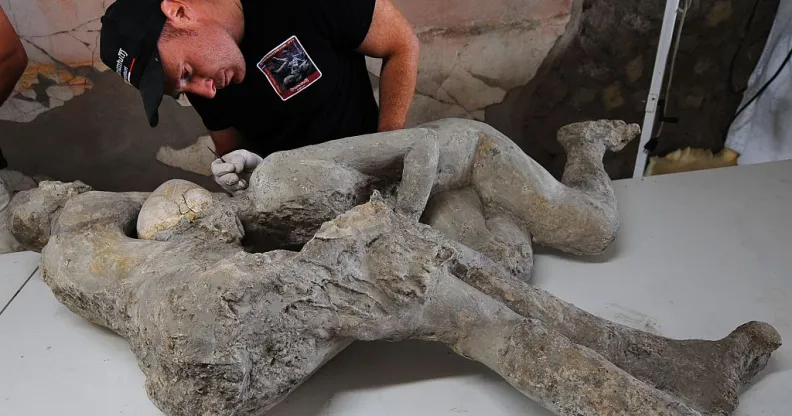
The two figures embraced for one last time as molten rock and ash rained down, holding each other as they perished – together.
Nearly 2,000 years after the pair died in each other’s arms as Mount Vesuvius erupted and wiped out the Roman city of Pompeii, it has been discovered they were both men.
And the two victims, previously thought to be women and dubbed ‘The Two Maidens,’ could have been romantically – as well as physically – entangled, scientists say.
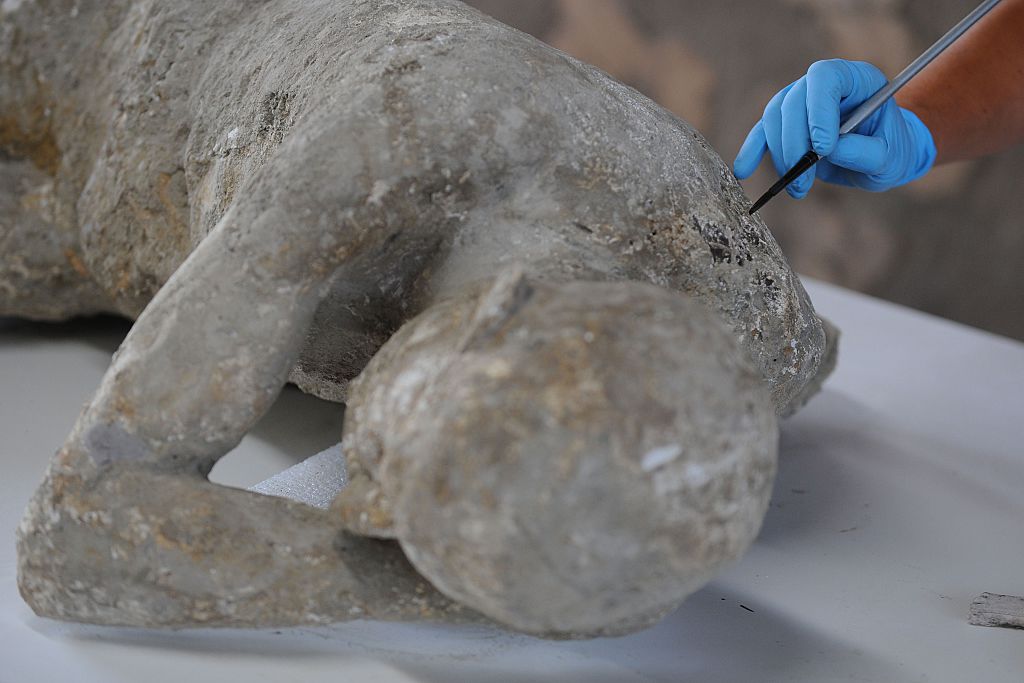
The bodies themselves seem to give credence to this view, with one of the men frozen in time as he rests his head on the other’s chest, seeking comfort as the end neared.
And tests on their teeth and bones have revealed that the victims, who were 18 and 20 years old when they were killed, were not related.
“Pompeii never ceases to amaze,” Massimo Osanna, director-general of the world-famous archaeological site, told the Telegraph.
“We always imagined that it was an embrace between women. But a CAT scan and DNA have revealed that they are men.
“You can’t say for sure that the two were lovers. But considering their position, you can make that hypothesis. It is difficult to say with certainty.”
Professor Stefano Vanacore, head of the Pompeii research team, said it would of course never be known for sure what the relationship was between the two men.
“When this discovery was made, that they were not two young girls,” he said, “some scholars suggested there could have been an emotional connection between the pair.
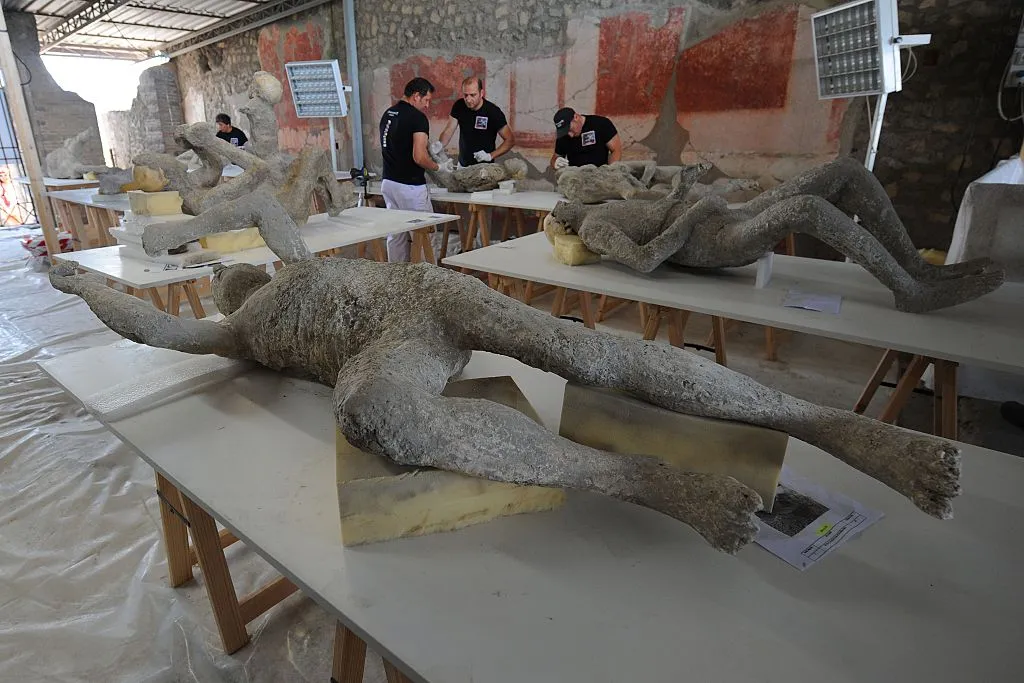
“But we are talking about hypotheses that can never be verified.
What is certain is that the two parties were not relatives, neither brothers, nor a father and son.”
The discovery came after two years of archaeological restorers working to investigate and preserve 86 bodies which are still intact two millennia after the catastrophic two-day eruption.
In the 19th century, these bodies were injected with plaster in a ground-breaking procedure which stopped them from decomposing.
The two men were found in the House of the Cryptoporticus during excavations at the World Heritage site in the early 20th century.
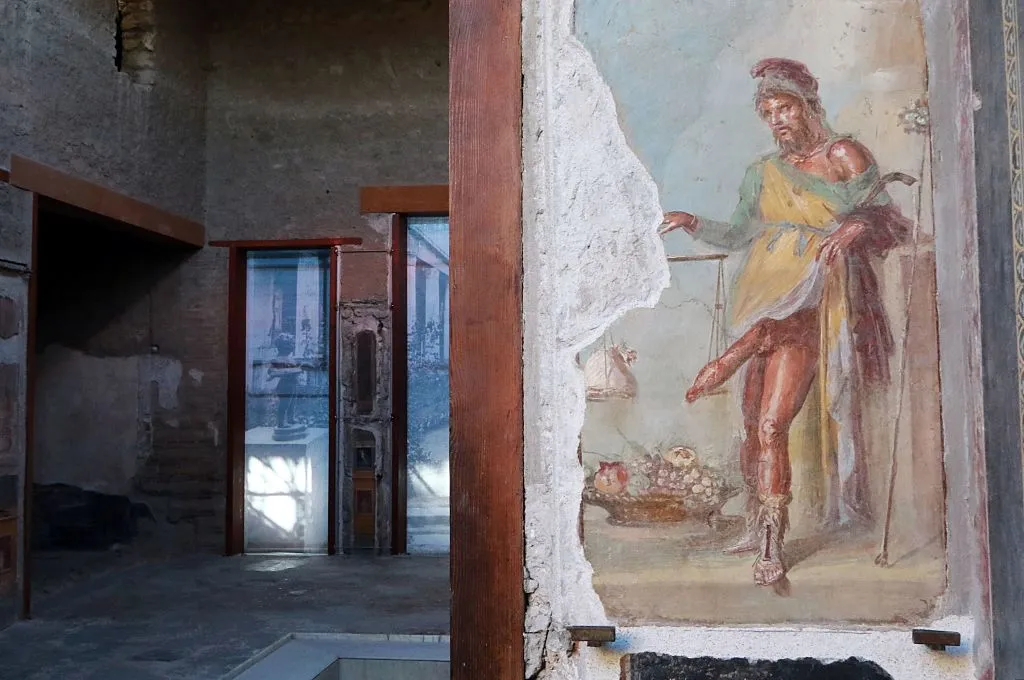
Pompeii was seemingly home to an open atmosphere surrounding sexuality and sex, with multiple depictions of penises and sexual acts in statues and wall paintings.
That part of the history has been repeatedly covered up by authorities through the centuries, though.
The Secret Museum in Naples, which holds much of the more risque artwork from Pompeii, was only reopened to the public in 2000.
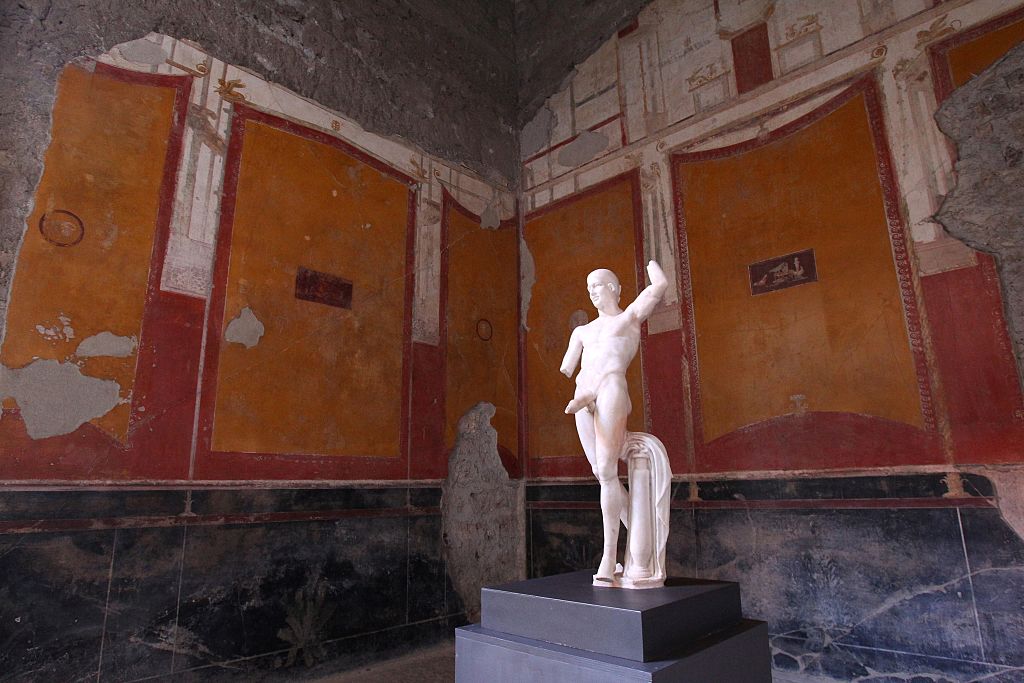
Progress implementing LGBT rights in Italy has been slowly gaining ground.
Last year, the country’s parliament made same-sex civil unions legal.
Predictably, there has been a backlash from the Catholic Church, which condemned the way the law was passed, calling it “creeping fascism.”
The Church did, however, denounce comments from a Friar that the earthquakes in Italy last year – which killed more than 300 people – were a divine punishment for the country allowing same-sex unions.
And a landmark court ruling earlier this year recognised a gay couple as the legal parents of their children born to a surrogate.
The Court of Appeal in the city of Trento ruled that both men could be named as fathers to the children.

